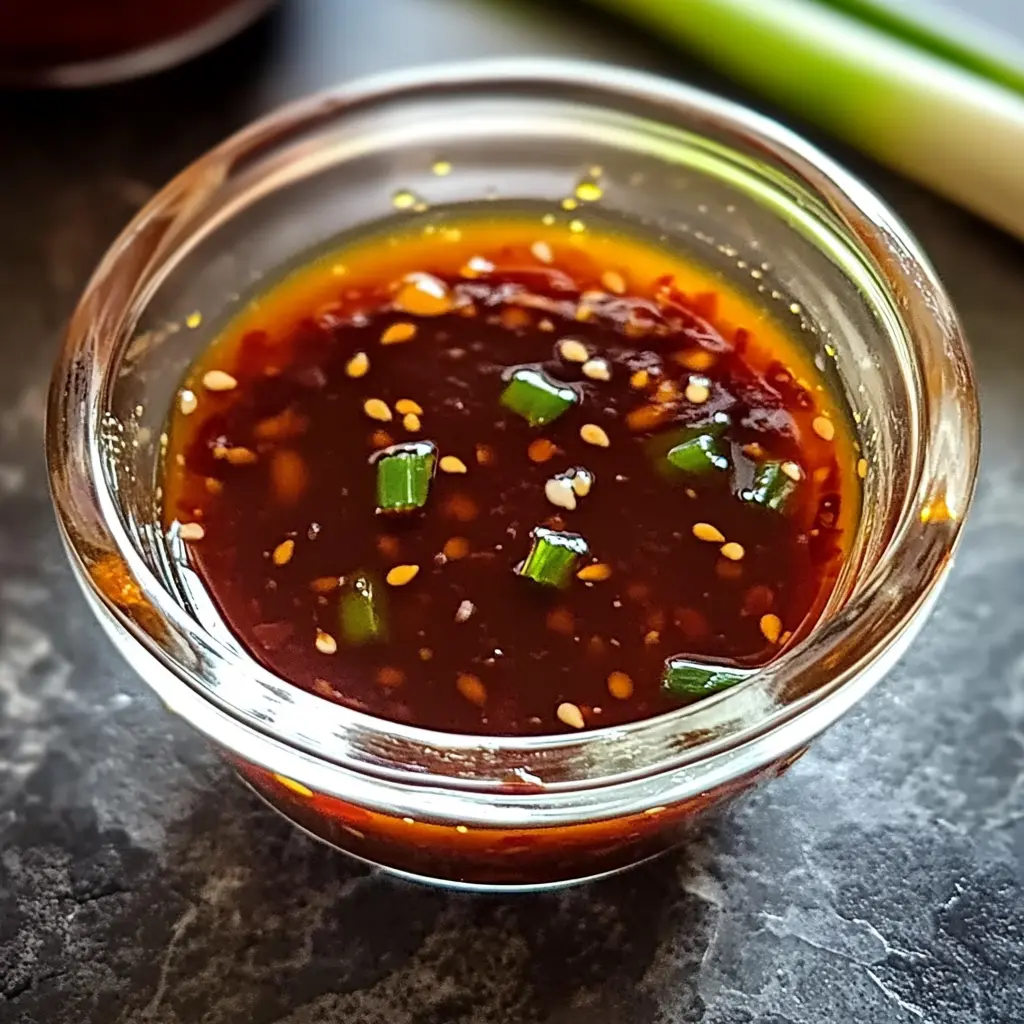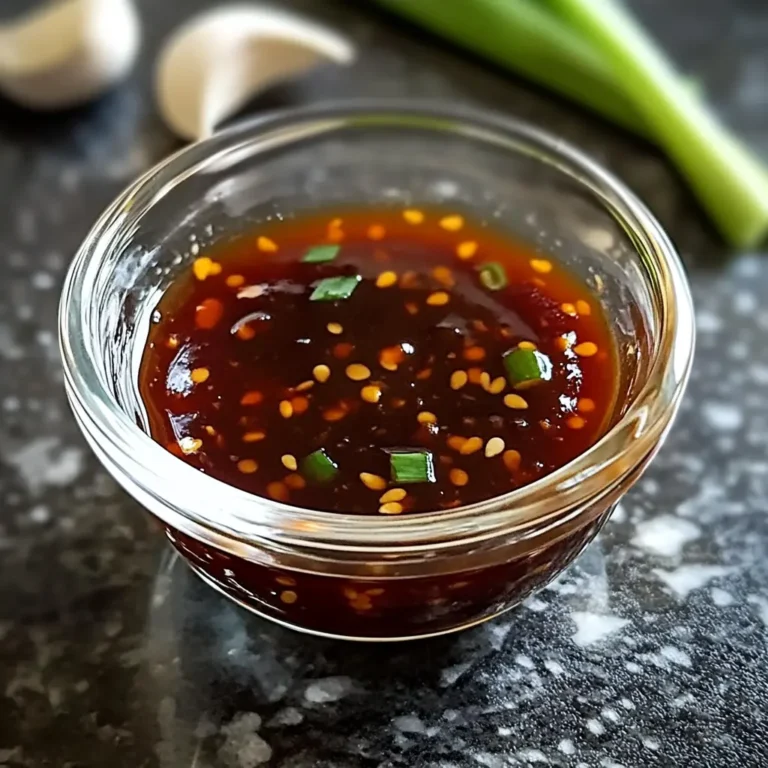Tiger Sauce is a beloved condiment that has been making waves in the culinary world. This vibrant, flavorful sauce originated from the southern United States and has since found its way into kitchens around the globe. Whether you’re looking to add a touch of heat and sweetness to your favorite dishes or simply want to explore the world of homemade sauces, Tiger Sauce is a must-try. In this comprehensive guide, we’ll dive into the intriguing history, mouthwatering ingredients, and countless ways to incorporate this versatile sauce into your cooking repertoire.
Table of Contents
Unraveling the Mystery
Tiger Sauce, with its captivating name and bold flavor profile, has garnered a loyal following among food enthusiasts. Originating in the Southern United States, this sauce has become a staple in many households, prized for its ability to transform ordinary dishes into extraordinary culinary experiences. The exact origins of Tiger Sauce are somewhat uncertain, but it is believed to have gained popularity in the mid-20th century as a versatile condiment that could be used to enhance the flavors of grilled meats, seafood, and even vegetables.
The allure of Tiger Sauce lies in its perfect balance of sweet, savory, and spicy notes. It’s a sauce that can elevate the simplest of meals, adding a burst of flavor that tantalizes the taste buds. By crafting your own homemade version, you can tailor the sauce to your personal preferences, making it a truly unique and customized addition to your culinary arsenal.
Unraveling the Ingredients: A Flavor Explosion
The beauty of Tiger Sauce lies in its straightforward yet dynamic ingredient list. Let’s take a closer look at each component and understand how they work together to create this captivating condiment:
- Water: The foundation of the sauce, providing a liquid base for the other ingredients to meld together.
- White Vinegar: Adds a bright, tangy element that balances the sweetness and heat.
- Sugar: Provides a subtle sweetness that helps to round out the flavors.
- Soy Sauce: Contributes a savory, umami-rich depth to the sauce.
- Tomato Paste: Lends a rich, tomato-based flavor and thicker consistency to the sauce.
- Garlic Powder: Infuses the sauce with a warm, aromatic garlic essence.
- Onion Powder: Complements the garlic, adding a subtle onion flavor.
- Mustard Powder: Introduces a gentle spice that enhances the overall flavor profile.
- Hot Sauce: Provides the signature heat and kick to the sauce, adjustable to your desired spice level.
- Black Pepper: Adds a touch of warmth and complexity to the sauce.
- Salt: The essential seasoning that brings all the flavors together.
By using high-quality ingredients and carefully balancing the proportions, you can create a Tiger Sauce that is both authentic and tailored to your taste preferences. Experiment with the amount of hot sauce to find the perfect level of spice that suits your palate.
Crafting the Perfect Tiger Sauce: Step-by-Step
Now that you’re familiar with the ingredients that make up Tiger Sauce, let’s dive into the simple steps to bring this flavorful condiment to life:
- Combine Ingredients: In a small saucepan, combine the water, white vinegar, sugar, soy sauce, tomato paste, garlic powder, onion powder, mustard powder, hot sauce, black pepper, and salt. Stir the mixture well to ensure all the ingredients are evenly distributed.
- Heat: Place the saucepan over medium heat and bring the mixture to a gentle simmer, stirring frequently to prevent sticking or burning.
- Simmer: Allow the sauce to simmer for 5-7 minutes, or until it has thickened slightly. Keep a close eye on it, as you don’t want the sauce to reduce too much.
- Cool and Store: Once the sauce has reached your desired consistency, remove it from the heat and let it cool completely. Transfer the Tiger Sauce to a clean jar or bottle and store it in the refrigerator for up to 2 weeks.
As you perfect the recipe, feel free to adjust the quantities of the ingredients to suit your personal taste preferences. Some may prefer a slightly sweeter or tangier version, while others may want to kick up the heat. The beauty of homemade Tiger Sauce is that you can tailor it to your liking, ensuring it becomes a versatile addition to your culinary repertoire.
Unleashing the Versatility
Tiger Sauce is not just a condiment – it’s a versatile flavor enhancer that can elevate a wide range of dishes. Here are some creative ways to incorporate this dynamic sauce into your cooking:
- Dipping Sauce: Serve Tiger Sauce as a dipping accompaniment for fried foods, such as chicken tenders, egg rolls, or even French fries. The contrast of the crispy exterior and the flavorful sauce is simply irresistible.
- Marinade: Use Tiger Sauce as a marinade for grilled meats, poultry, or even tofu, allowing the flavors to permeate the ingredients and infuse them with a delightful sweet-and-spicy profile.
- Stir-Fry Sauce: Incorporate Tiger Sauce into your stir-fry dishes, drizzling it over sautéed vegetables, noodles, or proteins for an instant flavor boost.
- Glaze or Topping: Brush Tiger Sauce onto grilled or roasted meats, fish, or vegetables during the last few minutes of cooking to create a caramelized, flavorful exterior.
- Salad Dressing: Whisk Tiger Sauce into your favorite salad dressings or use it as a base for a unique and tantalizing vinaigrette.
The possibilities are endless when it comes to using Tiger Sauce. Experiment with different applications and discover new ways to integrate this remarkable condiment into your culinary creations.
Nutritional Information and Health Considerations
While Tiger Sauce is primarily enjoyed for its bold and delightful flavors, it’s important to consider its nutritional profile as well. A tablespoon of homemade Tiger Sauce contains approximately:
- Calories: 20
- Total Fat: 0g
- Sodium: 240mg
- Carbohydrates: 4g
- Sugars: 3g
The key ingredients in Tiger Sauce, such as vinegar, garlic, and spices, offer potential health benefits. Vinegar has been linked to improved digestion and blood sugar regulation, while garlic is known for its anti-inflammatory and antimicrobial properties. The spices used in the sauce, like mustard powder and black pepper, can also provide antioxidant and anti-inflammatory effects.
However, it’s important to consume Tiger Sauce in moderation, as the sodium content can be relatively high. For those watching their salt intake, you may want to consider reducing the amount of soy sauce or adjusting the seasoning to suit your dietary needs.
Variations and Flavor Explorations
While the classic Tiger Sauce recipe is a true delight, there’s always room for experimentation and customization. Here are some ways you can put your own spin on this versatile sauce:
Spice It Up
Adjust the amount of hot sauce to create a milder or more intense version of Tiger Sauce. For a spicier kick, consider adding a touch of cayenne pepper or crushed red pepper flakes.
Fruit-Infused Versions
Incorporate the flavors of your favorite fruits by blending in purees or juices, such as mango, pineapple, or even citrus. These fruity variations can add a unique twist to the sauce.
Herb-Infused Tiger Sauce
Elevate the flavor profile by infusing the sauce with fresh herbs, such as cilantro, basil, or even rosemary. The fragrant notes can provide a delightful complexity to the overall taste.
Milder Version for Kids
For those with a more sensitive palate, especially children, you can create a milder version of Tiger Sauce by reducing the amount of hot sauce or omitting it altogether. This allows everyone to enjoy the flavorful essence of the sauce without the heat.

Frequently Asked Questions
What ingredients are typically used to make Tiger Sauce?
The classic Tiger Sauce recipe includes water, white vinegar, sugar, soy sauce, tomato paste, garlic powder, onion powder, mustard powder, hot sauce, black pepper, and salt. These ingredients work together to create the signature sweet, savory, and spicy flavor profile.
How spicy is Tiger Sauce, and can the heat be adjusted?
The spice level of Tiger Sauce can vary depending on the amount of hot sauce used in the recipe. The sauce can range from mild to quite spicy, and the heat can be easily adjusted to suit your personal preferences. Start with a smaller amount of hot sauce and gradually increase it until you reach your desired level of spiciness.
Can Tiger Sauce be used as a marinade, dipping sauce, or cooking sauce?
Absolutely! Tiger Sauce is an incredibly versatile condiment that can be used in various ways. It can serve as a flavorful marinade for meats, poultry, or even tofu, adding a delightful sweet-and-spicy element. It also makes an excellent dipping sauce for fried or grilled foods. Additionally, Tiger Sauce can be incorporated into stir-fries, sauces, and glazes to enhance the overall flavor of your dishes.
How should I store Tiger Sauce, and how long does it last?
Once you’ve prepared your homemade Tiger Sauce, transfer it to a clean, airtight container or jar and store it in the refrigerator. Properly stored, Tiger Sauce can last up to 2 weeks in the fridge. Be sure to check for any signs of spoilage, such as changes in color, texture, or smell, before using the sauce.
More Related Recipes You Might Enjoy
- Spicy Garlic Shrimp with Tiger Sauce
- Grilled Chicken Skewers with Tiger Sauce Marinade
- Vegetable Stir-Fry with Tiger Sauce Drizzle
- Sweet and Spicy BBQ Ribs with Tiger Sauce Glaze
Elevate Your Meals with Homemade
Tiger Sauce is a true culinary marvel – a versatile condiment that can transform even the most ordinary dishes into extraordinary culinary experiences. By crafting your own homemade version, you can customize the flavors to suit your taste preferences and unleash a world of creative cooking possibilities. Whether you’re grilling, stir-frying, or simply seeking a captivating dipping sauce, Tiger Sauce is a must-have addition to your kitchen arsenal. So, gather your ingredients, prepare the sauce, and get ready to embark on a flavor adventure like no other.
Looking for more tasty ideas? Visit Elena’s Fast & Flavorful Recipes on Pinterest for a treasure trove of easy meals, comforting bakes, and fun kitchen inspiration!
PrintCreate Your Own Flavorful Tiger Sauce in Just 10 Easy Steps!
Unleash the Flavor with Homemade Tiger Sauce: A Versatile Condiment to Elevate Your Meals
- Prep Time: 10 minutes
- Cook Time: 10 minutes
- Total Time: 20 minutes
- Yield: 2 cup 1x
- Category: Condiment
- Method: Sauce
- Cuisine: American
- Diet: Vegetarian
Ingredients
- 1 cup water
- 1/2 cup white vinegar
- 1/4 cup sugar
- 1/4 cup soy sauce
- 2 tablespoon tomato paste
- 1 teaspoon garlic powder
- 1 teaspoon onion powder
- 1 teaspoon mustard powder
- 2 tablespoon hot sauce
- 1/2 teaspoon black pepper
- 1/2 teaspoon salt
Instructions
1. 1. In a small saucepan, combine the water, white vinegar, sugar, soy sauce, tomato paste, garlic powder, onion powder, mustard powder, hot sauce, black pepper, and salt. Stir the mixture well to ensure all the ingredients are evenly distributed.
2. 2. Place the saucepan over medium heat and bring the mixture to a gentle simmer, stirring frequently to prevent sticking or burning.
3. 3. Allow the sauce to simmer for 5-7 minutes, or until it has thickened slightly. Keep a close eye on it, as you don’t want the sauce to reduce too much.
4. 4. Once the sauce has reached your desired consistency, remove it from the heat and let it cool completely. Transfer the Tiger Sauce to a clean jar or bottle and store it in the refrigerator for up to 2 weeks.
Notes
Adjust the amount of hot sauce to create a milder or more intense version of Tiger Sauce. Experiment with fruit purees or fresh herbs for unique variations.
Nutrition
- Serving Size: 1 tablespoon
- Calories: 20
- Sugar: 3
- Sodium: 240
- Carbohydrates: 4
Keywords: Tiger Sauce, Condiment, Homemade Sauce


